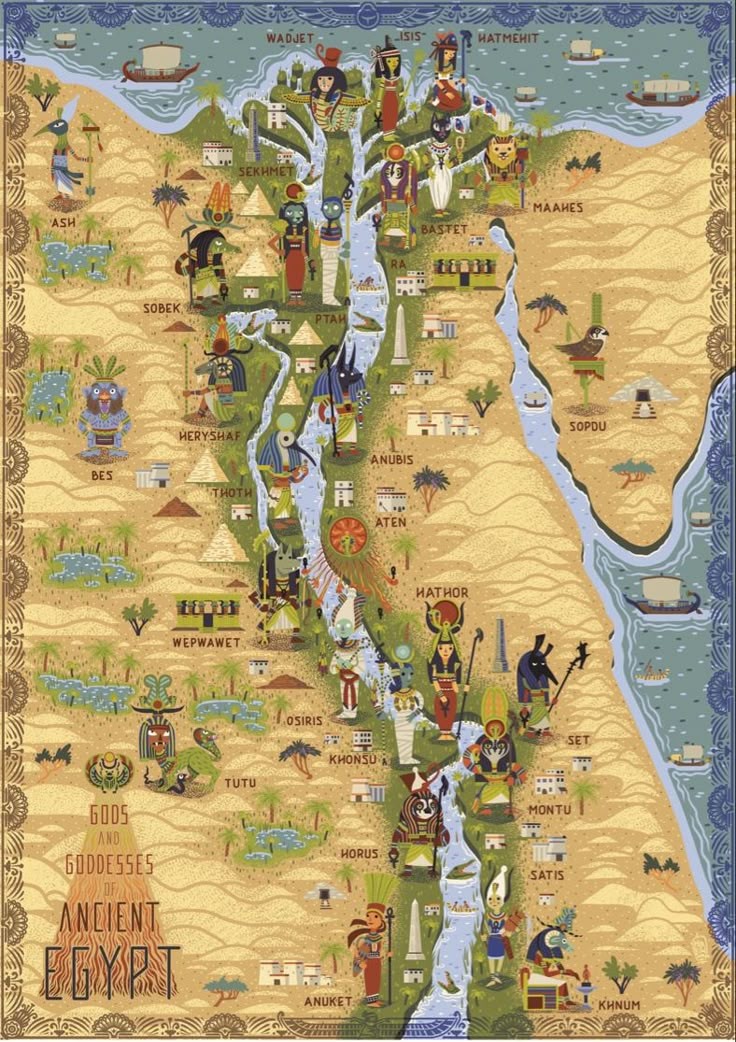The Ancient Egyptians had an intricate and vibrant mythology, brimming with gods and goddesses. As a cornerstone of civilization along the Nile, these deities played a pivotal role, governing every aspect of human life and the environment. Evident in their grand temples, sophisticated art, and enduring literature, the worship of these divine figures shaped the very fabric of Ancient Egypt.
The pantheon isn’t just a haphazard congregation of supernatural beings; it’s a complex system reflecting societal hierarchies and inter-connective mythologies. Deities were grouped into ‘families’, just like the royal lineages of the pharaohs themselves, displaying Egypt’s value of kinship and order. Understanding the ranks and relationships among the gods is crucial to grasping the nuances of Ancient Egyptian religion and governance.
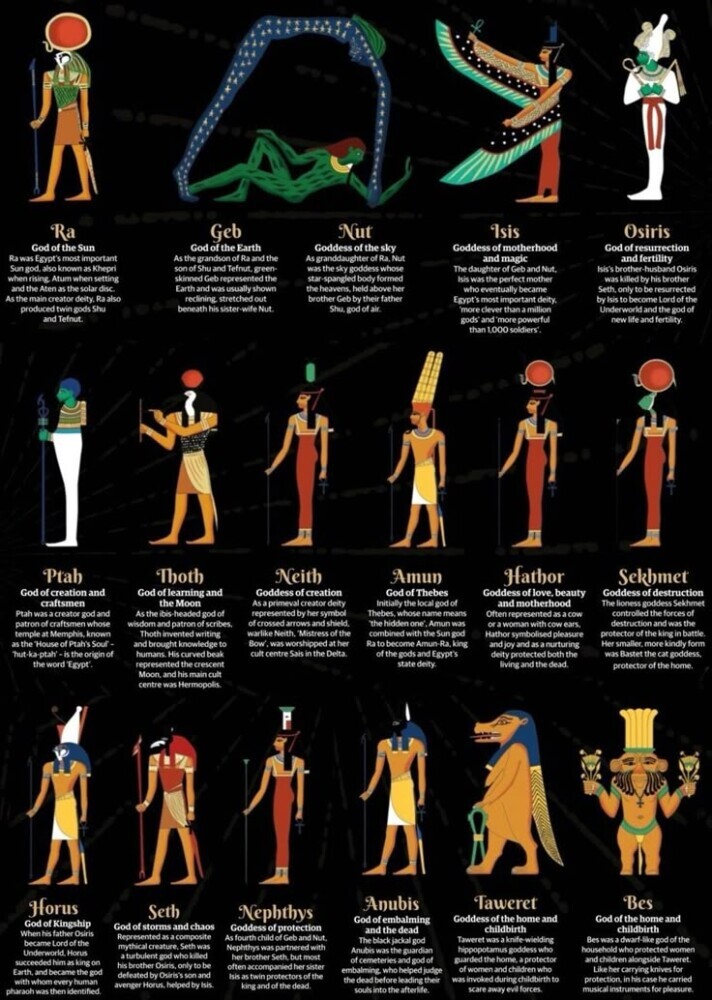
Indeed, the pharaoh wasn’t merely a ruler but the embodiment of divine representation on Earth, often linked to specific gods like Horus or Ra. This intertwining between the divine and the mortal realm made the pharaoh not just a king but a god-king, a central figure entrusted with maintaining the balance and harmony commanded by the heavens.
Majestic Creators: The Gods of Creation and Kingship
In the hearts and minds of Ancient Egyptians, few gods held as central a role as those presiding over creation and kingship. Atum, believed to have emerged from the chaos of Nun, was seen as the self-created deity who sparked the flame of existence. Atum’s lineage is vast and encompasses many other significant gods, often depicted in intricate familial trees that map the cosmos according to Egyptian beliefs.
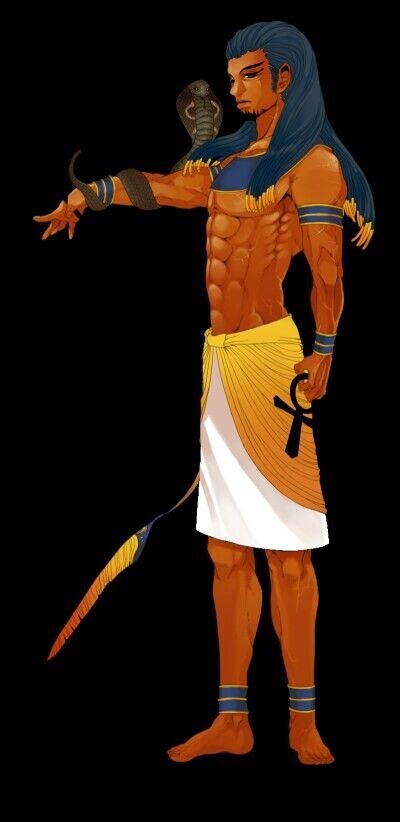
Ra, the mighty sun god, is arguably the most widely recognized of the Egyptian deities. Merging with Atum to become Atum-Ra, he was revered not only as a container of immense power, symbolizing life and growth, but also as the ruler of all gods and humans. His daily journey across the sky—rising at dawn, peaking at noon, and setting at dusk—mirrored the cycle of life and underscored his importance to Egyptian society.

Osiris’s impact on Egyptian spirituality cannot be overstated. As the god of the afterlife, Osiris represented the hope for rebirth and resurrection after death. His murder by Set and subsequent resurrection by Isis, his wife, played a core anthem in the Egyptian narrative, offering solace and continuity for the people who placed their faith in the beyond.
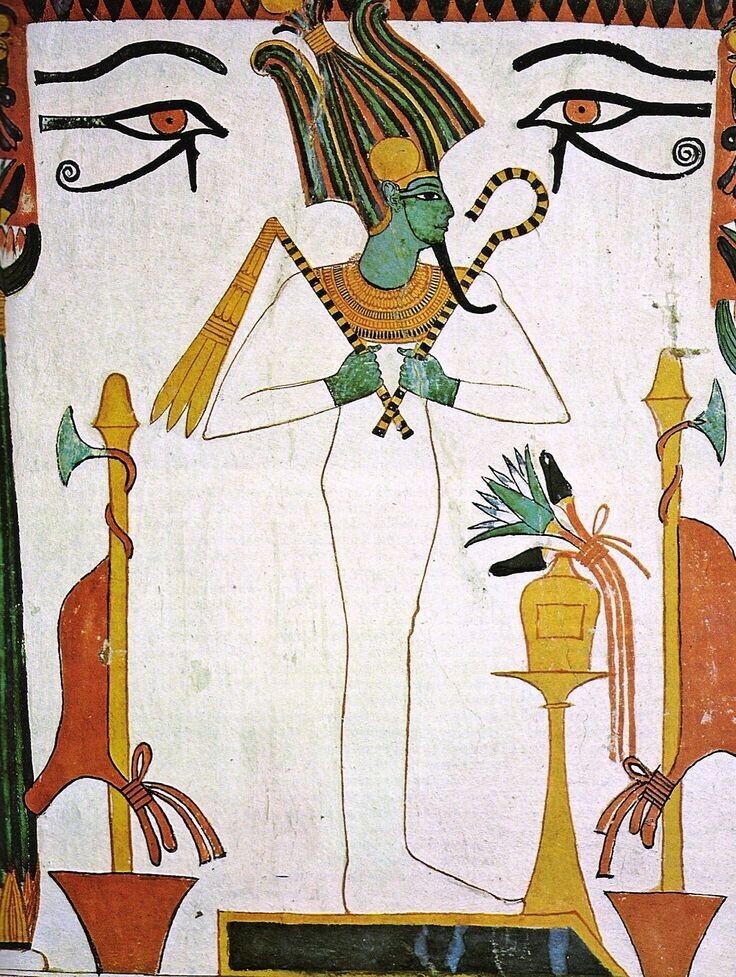
Veneration of Isis, Osiris’s consort, reached far beyond the Egyptian sands due to her powers of magic and her role as the archetype of motherhood and fertility. Well loved by the people, Isis’s influence extended into daily life, where she was often invoked for her protective and healing powers, ensuring the safety and well-being of children and families.
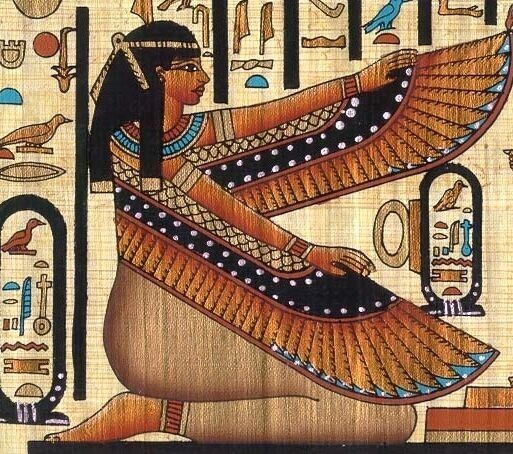
Lastly, Horus, the falcon-headed son of Osiris and Isis, was intimately tied to the pharaoh’s divine rule. The Pharaoh was seen as the living embodiment of Horus, and through this association, ensured the continuity of divine kingship. This led to a lasting legacy where the divine and mortal realms were inseparably linked, with each new pharaoh becoming Horus in life and Osiris in death.
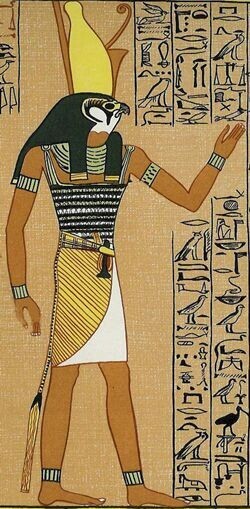
Protectors and Destroyers: The Dual Nature of Divine Beings
Ancient Egyptian deities weren’t pigeonholed into simple roles of good or evil; they exhibited complex characteristics and dual natures. Certain gods, such as Bes and Sekhmet, played pivotal protective roles. Bes, often depicted as a dwarf with lion features, stood as the guardian of households, particularly mothers, children, and childbirth. Sekhmet, portrayed with a lioness head, was revered as a warrior goddess and healer whose fierce nature could bring about destruction or ward off illness.
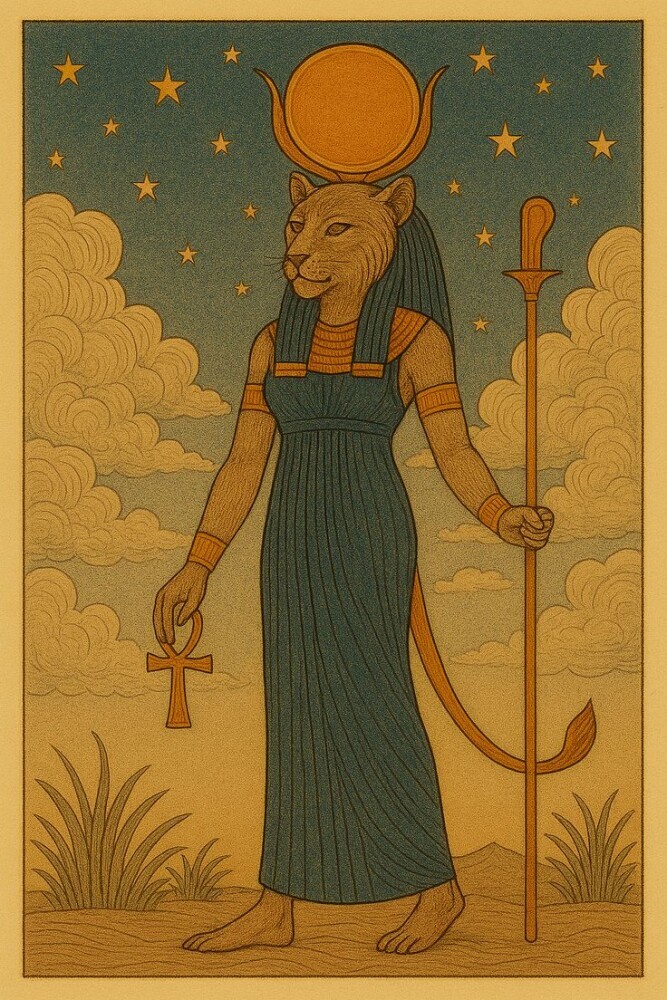
Set, known also as Seth, was the god of storms, disorder, and foreigners. With a complex narrative, Set was often the antagonist, particularly in the story of Osiris where he was responsible for his brother’s death. Yet, he was also part of the sun god Ra’s entourage, helping to repel the serpent Apophis—an entity of pure chaos. This exemplifies the ancient Egyptians’ understanding of balance, exhibiting that deities could bring about both harm and benefit.

The Ancient Egyptian cosmos was a stage for an ongoing struggle between order (ma’at) and chaos—is-ten. No god embodied this struggle more than Set who, despite his negative associations, held an essential role in maintaining the universe’s balance. This intricate interplay reflects their belief system, where life was a complex mix of benevolence and malevolence, order and disorder.
Embracing the Afterlife: Deities of Death and Resurrection
I’m drawn to how Ancient Egyptians regarded death not as an end, but as a complex journey ushering souls from this world to the next. Central to this journey were deities such hosting as Anubis, often depicted with a jackal’s head, who conducted souls to the afterlife.
The role of Anubis extended to overseeing embalming rituals and ensuring that the scales of Ma’at, which weighed the heart against a feather, tilted in favor of the deceased, allowing passage into the Field of Reeds.
Contrasting Anubis’s guardianship, Osiris, once a pharaoh of Egypt according to myth, ruled the netherworld. His own story of death and resurrection embodied the cycle of Nile floods, which brought both destruction and fertile soils. It’s no surprise that Osiris became a symbol of hope for the rebirth of human souls.

I see the Book of the Dead as a crucial element in these rituals, guiding Egyptians with spells and instructions for the afterlife. This ancient text served as a manual for the deceased guiding them through challenges in the duat (underworld) to reach the Hall of Judgment.
Transitioning from the quiet dignity of tombs, it’s intriguing how the divine also mingled in the hustle and bustle of day-to-day affairs. My next section will explore how gods and goddesses were a part of everyday life for Ancient Egyptians, ensuring that spirituality was never separated from the ordinary.
Everyday Divinity: Gods and Goddesses in Daily Egyptian Life
In Ancient Egypt, the gods weren’t just rulers of the cosmos or protectors in times of chaos; they were also part of everyday life. Unlike the sky-bound deities, household gods like Taweret, the hippopotamus goddess, ensured domestic safety and protected women in childbirth. Bes, with his lion’s mane and wide-eyed gaze, guarded households from evil spirits, gracing the walls of family homes.
Agriculture, vital for Egypt’s sustenance, fell under the watchful eyes of deities like Renenutet. As the goddess of harvest and fertility, her blessings were sought by farmers to ensure bountiful yields. Festivals marked the agricultural calendar, connecting the celestial to the cyclical rhythm of planting and harvest, ingraining deities into the common folk’s yearly cycles.
The Egyptians’ relationship with their gods was also deeply personal. They offered daily prayers and gifts with the hope of favor or guidance. Small statues of gods and amulets were common in households, serving as tangible connections to the divine. Evidence from tombs and temples shows that even in private moments, the gods were present.
The plethora of gods translated into a calendar teeming with festivals. Each event honored specific gods—occasions for communities to dress up in their best attire, sing hymns, dance, and bring offerings to temples. These festivities weren’t just spiritual observances but also social gatherings, reinforcing the bonds within communities through shared worship.
Imagine walking through a market in Thebes, the air rich with incense, as festival processions weave through the city. Here, the gods and goddesses are not distant entities; they are very much alive, intertwined with the daily ebb and flow of life, from the breaking of dawn to the closing of evening fires.
Legacies Carved in Stone: Preserving the Lore of Egyptian Gods
The gods and goddesses of Ancient Egypt are immortalized not just in spirit, but in the very stones of temples and tombs that have stood the test of time. These edifices serve as timeless testaments to a civilization’s devotion and intricate belief systems. The architecturally magnificent structures, like Karnak and Luxor, still echo the omnipresence of the divine in ancient Egyptians’ lives.
Hieroglyphs, the written language of the Egyptians, provide a window into the past, narrating tales of gods interwoven with historical events. Decoding these symbols has allowed historians and archaeologists to piece together the puzzling myths and understand the roles these deities played in shaping the culture.
Today, the fascination with Egyptian mythology endures. It inspires countless books, movies, and discussions, underlining the continuing impact of these ancient tales. This enduring allure isn’t just about the stories themselves, but what they represent: a civilization’s quest to understand the universe and their place within it.

